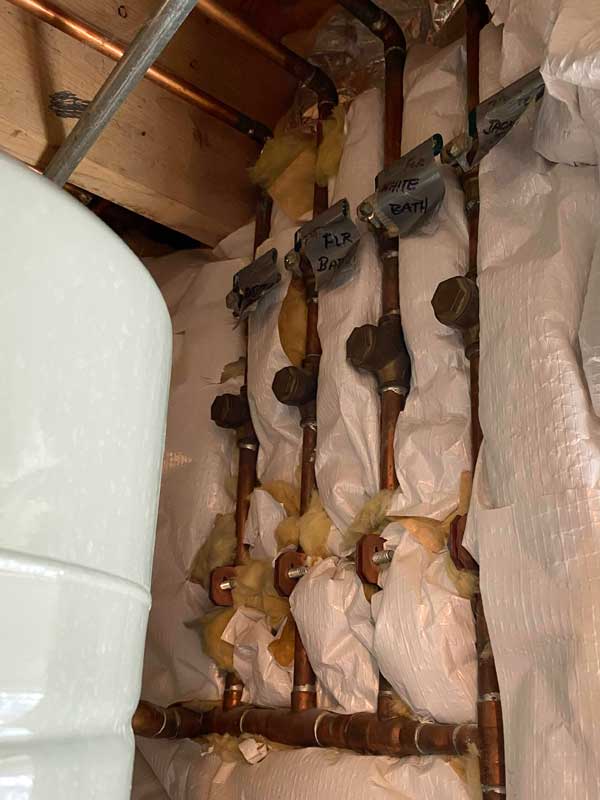Santosh Krishnan
New Member
We have 2 Navien 240 A units cascaded and brand new.
The problem:
The main heater is set to 130° and the cascaded unit synchronizes. When I open the shower, we get near instantaneous hot water that I have managed to measure at 120° or more.
However, the hot water gets to lukewarm within a minute and doesn't get hot after that.
When I check the sink faucet, the water is very hot and stays that way.
To figure this out, we switched the water heater from external to internal recirculation.
We found that it took about 4 minutes to get hot water in the shower and it got very hot and stayed hot.
The sink also had very hot water.
Please note that we experience this at all 4 showers.
When I switch it back to external recirculation, the discrepancy between the shower and the sink reappears.
I don't know if this is an issue with the heater or the shower fixtures.
The problem:
The main heater is set to 130° and the cascaded unit synchronizes. When I open the shower, we get near instantaneous hot water that I have managed to measure at 120° or more.
However, the hot water gets to lukewarm within a minute and doesn't get hot after that.
When I check the sink faucet, the water is very hot and stays that way.
To figure this out, we switched the water heater from external to internal recirculation.
We found that it took about 4 minutes to get hot water in the shower and it got very hot and stayed hot.
The sink also had very hot water.
Please note that we experience this at all 4 showers.
When I switch it back to external recirculation, the discrepancy between the shower and the sink reappears.
I don't know if this is an issue with the heater or the shower fixtures.

